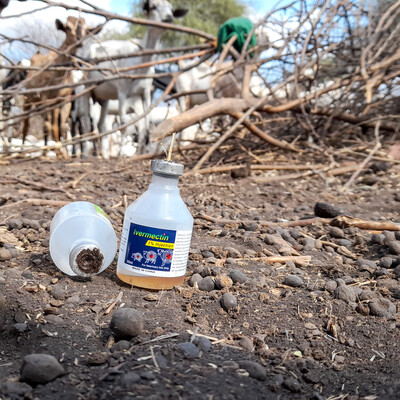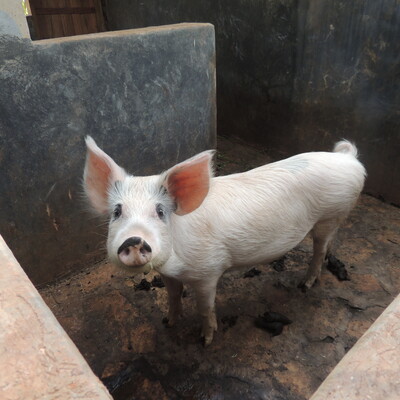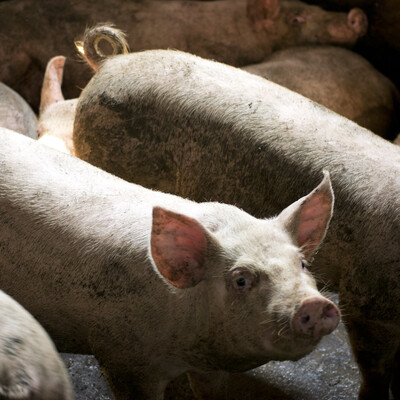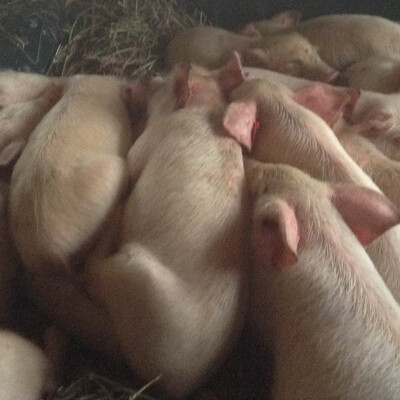
Rapid whole genome profiling of Theileria parva isolates using next generation sequencing to support the infection and treatment method in East Africa
Abstract
Theileria parva is a tick-borne parasite that causes East Coast Fever in cattle killing over 1 million animals each year in sub-Saharan Africa. The first genome sequence of Theileria parva was published in 2005 providing a wealth of information on the gene content, gene arrangement, structure and basic physiological processes in this important apicomplexan parasite. However, it is increasingly apparent that by sequencing additional genomes within a single species considerable value can be added to whole genome data. This includes both defining levels of genetic polymorphism in important genes and conversely identification of potentially functionally important conserved sequences, particularly within non-coding regions. Next generation sequencing technologies have resulted in the feasibility of generating large amounts of genomic information at drastically reduced cost. The analysis of these sequence data requires integration of bioinformatics, statistics and biological data to extract the wealth of information potentially available. We propose to employ one of these novel sequencing technologies in combination with bioinformatics analysis to sequence several genomes of T. parva isolates. The proposed study is aimed to systematically profile intra-species genetic variations. The findings will also underpin wider deployment of the Muguga cocktail incarnation of the live infection and treatment method that is being increasingly used in East African countries.Objectives/goals
- Whole genome nucleotide sequence analysis of a range of T. parva isolates with a focus on the three component stocks that comprise the “Muguga” cocktail. This will complement efforts by ILRI to define the composition of infection and treatment (ITM) sporozoite stabilates.
- Evaluation of sequence polymorphisms of genes encoding proteins recognised by cytotoxic T cells induced by infection and treatment method.
- Genome wide profiling of genetic variation by comparing sequence data to the published reference genome. This will focus on a collection of T. parva isolates of buffalo origin isolated from a single farm in Kenya. Results will allow for identification of conserved and rapidly evolving genes and preliminary analysis of linkage disequilibrium from a specific T.parva sub-population in the field.
- Identification of all sites of physical recombination using the parents and progeny of an experimental cross between two T. parva isolates.
- Building scientific capacity in the East African region through training of a Kenyan bio-informatician in advanced bioinformatics techniques at the bio-informatics institute at ETH.
Expected outputs
- Whole genome sequences of a range of isolates of T. parva from cattle and buffalo
- Identification of highly conserved and fast evolving genes in T. parva isolates from cattle and buffalo
- Identfication of genes that are likely to be under positive selection and therefore related to host parasite interactions
- Analysis of sequence polymorphism of proteins known to be targets of cytotoxic T cells.
- Identification of SNP for micro-epidemiological studies
- Analysis of these data will also contribute to the understanding of the biology of other Apicomplexan parasites including Plasmodium falciparum, the causative agent of human malaria

















